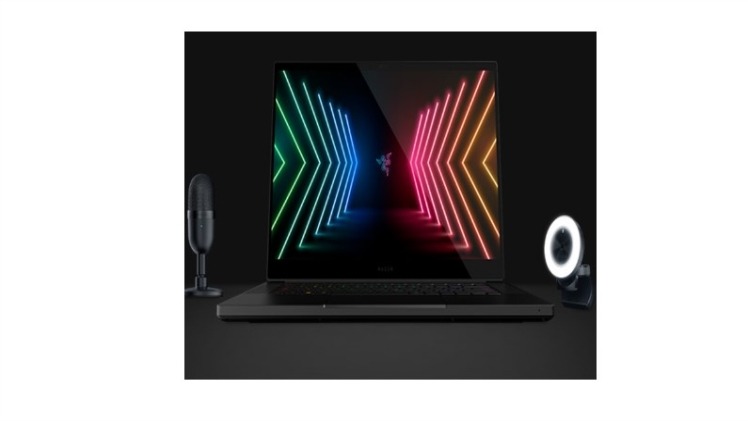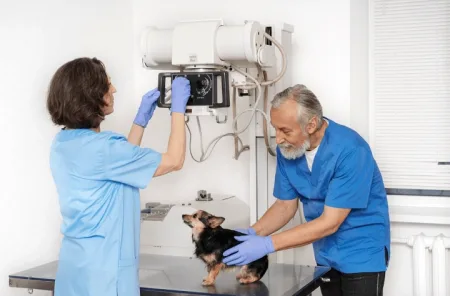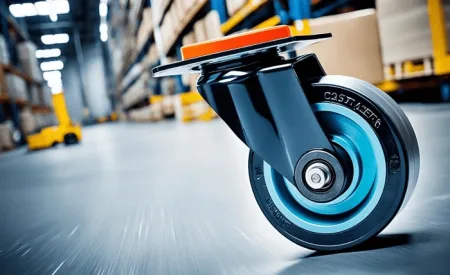A graphics card for PC is an essential piece of hardware that enables your computer to output visuals and display them on your monitor. It is responsible for rendering complex 3D graphics and enabling high-resolution gaming experiences. With advancements in technology, modern graphics cards are capable of displaying detailed, lifelike images with unprecedented clarity and speed. This makes them an important component when it comes to building a powerful gaming PC or workstation. In this introduction, we’ll take a look at the basics of graphics cards, why they’re important, and how you can choose the right one for your needs.
Table of Contents
Types of Graphics Cards Integrated Graphics Cards Dedicated Graphics Cards
Graphics cards are an important part of a computer’s hardware, and they can be divided into two main categories: integrated graphics cards and dedicated graphics cards. To choose the right one for your needs, it’s important to understand the differences between them.
Integrated Graphics Cards are built into the motherboard of a computer. They generally don’t require additional power sources and are good for basic tasks such as surfing the internet or watching videos. Integrated top graphics card for PC are typically more affordable than dedicated ones, but they are not designed for gaming or other intensive graphic applications. For these tasks, you would need a dedicated graphics card.
Dedicated Graphics Cards have their processor and their memory set aside just for dealing with 3D images and other graphical elements. Dedicated graphics cards come in many different varieties, from entry-level to high-end models designed specifically for gamers or professionals who need powerful performance from their computers. Dedicated GPUs also require additional power sources beyond what is provided by the motherboard so you will need to factor this into your budget when purchasing one of these types of cards.
When deciding on which type of card best suits your needs it is important to consider how you will be using your computer – if you plan on doing any

Features of a Good Graphics Card
A good graphics card is an integral part of any gaming setup or workstation. It can make the difference between a smooth experience and a stuttering one. When shopping for a graphics card, it’s important to know what the features are that make one good, so you can choose the right one for your needs.
First, look for cards with high clock speeds and plenty of memory. The clock speed indicates how quickly the card can process data, with higher speeds offering better performance in games and other tasks. Memory impacts how much information the card can hold at once; more memory is generally preferable as it allows for smoother gaming experiences and quicker load times in applications.
Next, consider looking at cards with multiple video outputs such as HDMI, DisplayPort or DVI-D ports. This will allow you to connect multiple monitors or displays to your system so that you don’t have to sacrifice image quality by downscaling when playing games across multiple screens. Some cards also support 4K resolutions which offer sharper images than Full HD (1080p).
The third factor worth considering is whether or not the graphics card supports technologies like G-Sync and FreeSync which reduce screen tearing in games without impacting performance too much. These technologies are beneficial if you plan on
Considerations When Buying a Graphics Card
When it comes to choosing a graphics card for your computer, many considerations need to be taken into account. Graphics cards are an integral part of any computer, as they are responsible for the visual output of your system. From gaming and video editing to photo editing and graphic design, having a good graphics card is essential for getting the most out of your experience. With this in mind, here are some important considerations when buying a graphics card.
First and foremost, you should consider what type of graphics card you need according to the tasks you plan on performing with it. If you’re using your computer primarily for gaming or media editing then you will likely require a higher-end model with more powerful specs than someone who mostly uses their PC for simple web browsing or word processing tasks. Additionally, if you plan on running multiple applications at once then having enough onboard memory (VRAM) is also important.
Another factor to consider is whether or not the card supports multiple displays at once – if so then this could come in useful when carrying out certain tasks such as video editing where two monitors can be beneficial in keeping track of different aspects of the project simultaneously. Additionally, make sure that whatever model you choose has sufficient ports available (such as HDMI/
Conclusion
In conclusion, the graphics card for PC is an important component of any computer system. It can significantly improve the performance of your machine, allowing you to enjoy a more immersive gaming experience and smoother visuals. With the right card, you can enjoy better frame rates and higher-resolution images. When choosing a graphics card, it is important to consider your budget and needs before making a purchase.



